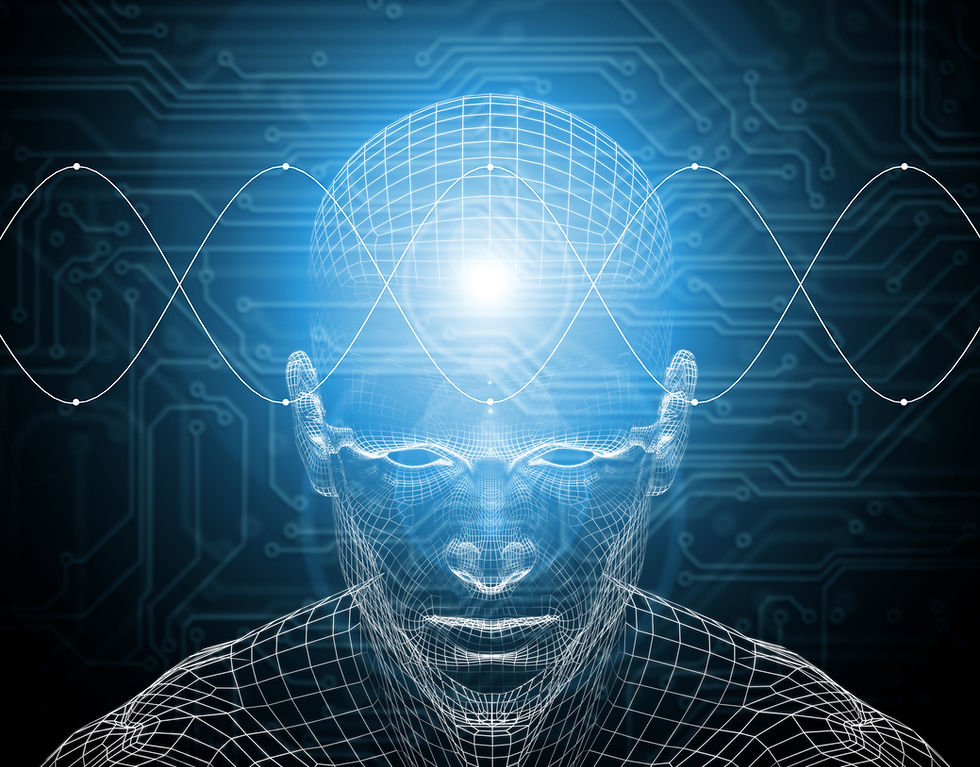
The concept of neohumans, or intelligent robots with a sense of humanity, is not a new one. Science fiction authors have explored this idea for decades, but recent advancements in technology have made it a reality. Neohumans are becoming more prevalent in our daily lives, from virtual assistants like Siri and Alexa to robotic manufacturing and transportation systems. As this trend continues, it raises questions about how we will interact with these new entities and how they will fit into our existing social and organizational structures.
One of the main challenges of neohumans is that they interact with us in ways that traditional social sciences do not address. These machines are not just tools, they are becoming more like partners or colleagues, which requires a different approach to human-machine interaction. We need to consider questions such as how to establish trust between humans and neohumans, how to manage conflicts and negotiations, and how to ensure that we do not inadvertently discriminate against these new entities.
Another challenge is how to integrate neohumans into existing organizational structures. The neoHUMANIC workforce of the future will be made up of both humans and neohumans working side-by-side. This means that we need to create a new framework for workplace culture, one that takes into account the unique capabilities and limitations of neohumans. We need to consider questions such as how to ensure that neohumans are treated fairly and how to prevent bias in the workplace.
The seismic shifts happening in automation are driving the need for this new framework. Companies are adopting the latest technology to change the way their companies are run, with non-tech firms taking on more characteristics of technology and internet ventures. Some companies are even pushing this one step further and asking if human employees are even necessary. With increasing automation, and more sophisticated AI, decentralized autonomous organizations may become the norm over the next decades.
As neohumans become more prevalent in the workplace, we may see an inversion of traditional organizational structures. Board seats may be increasingly occupied by AI, as it can produce insights that humans would miss, and predict outcomes with greater accuracy. People who are managed and coached not by other humans, but by AI neohumans may become a common occurrence.
To ensure that we can effectively integrate neohumans into our society and organizations, we need to consider a range of issues, from human-machine interaction to workplace culture to ethics and privacy. We need to approach the development and integration of neohumans with careful consideration and thoughtfulness, and ensure that we are building systems that are equitable, transparent, and just. Ultimately, the success of neohumans will depend on how well we can adapt to this new reality and create systems that serve the needs of both humans and machines.

Comments